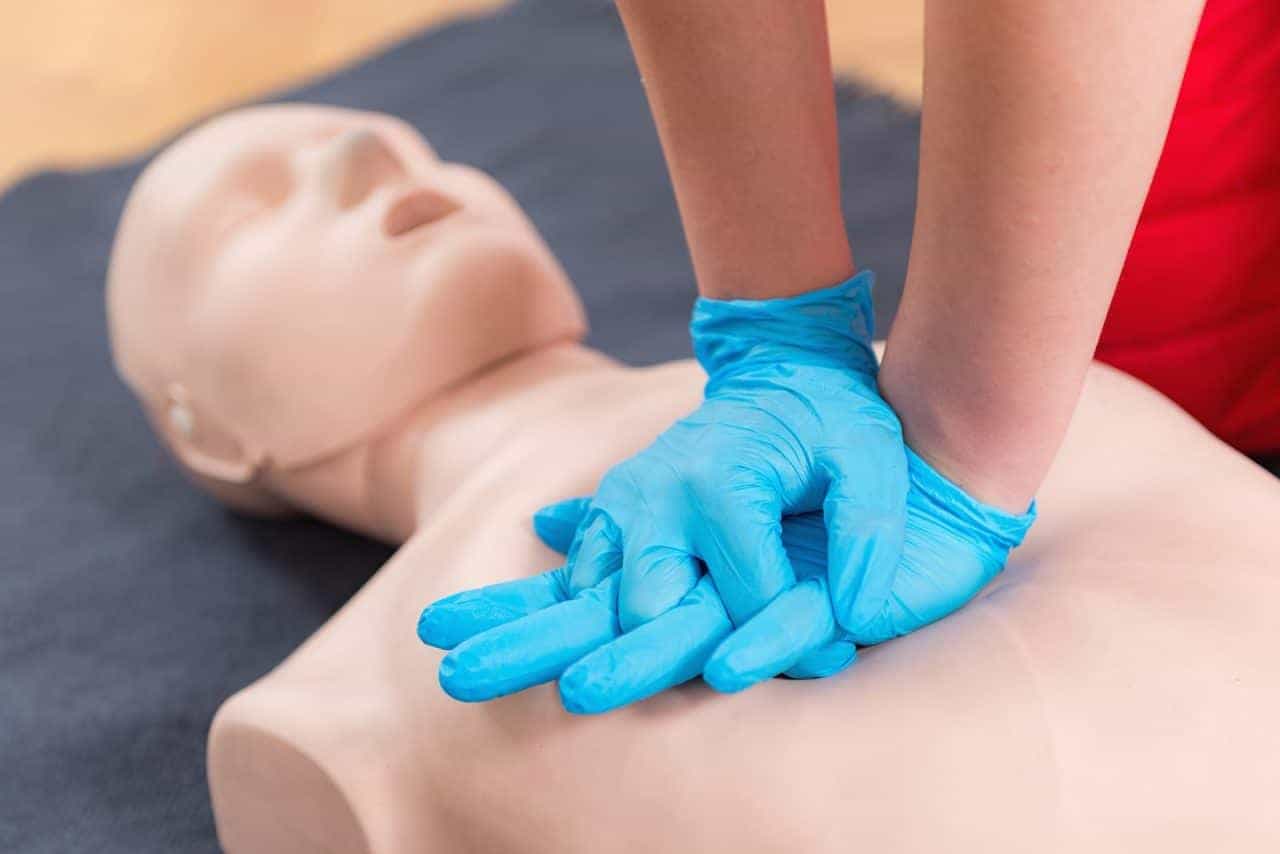Defibrillators or Automated External Defibrillators (AEDs) are devices that deliver a life-saving shock to someone suffering from cardiac arrest. The electric shock from the defibrillator passes through the chest wall to the heart, often giving a person in cardiac arrest a chance to survive.
What is an AED?
AED devices have a built-in computer that analyzes heart function before delivering an electrical shock if it judges defibrillation is required. The shock helps the heart return to its normal sinus rhythm in cases where it has entered a state of pulselessness, tachycardia, or arrhythmia. It does this by momentarily stopping the heart and kick-starting it again. Even the most inexperienced user can use an AED for out-of-hospital settings because it prompts the user with audio or visual instructions.
A Short History
The effects of a small electric shock on ventricular defibrillation were demonstrated in 1899 by two physiologists, Jean-Louis Prévost and Frédéric Batelli, in Switzerland. Despite the research by Prevost and Batelli at the University of Geneva, it was only in 1947 when Claude Beck, a heart surgeon at Case Western Reserve University in Ohio, first used a defibrillator on a human. Beck used the defibrillator on a young boy during surgery for a congenital chest defect.
It was only in the 1960s that portable models of defibrillators were designed for use in ambulances. Today, AEDs are still the only known device to resuscitate someone suffering cardiac arrest.
What does an AED do?
Sudden cardiac arrest occurs to hundreds of thousands of people annually, and immediate response is vital. Preparedness and access to an AED to quickly deliver a life-saving shock can make the difference between life and death.
An AED strengthens the Chain of Survival because it restores the normal heart rhythm of a cardiac arrest quickly and effectively. AEDs enable anyone to respond to a medical emergency requiring defibrillation. The chances of survival for a victim of cardiac arrest decrease by up to 10% for each minute without defibrillation.
AEDs have a microprocessor that analyzes the victim’s heart rhythm using adhesive electrodes. The computer’s analysis then informs the person using the AED if a shock is needed by recognizing the rhythm of the heart is incorrect. The adhesive electrode pads then deliver the required electric current to the heart through the chest wall. AEDs will advise a shock when detecting ventricular fibrillation and fast ventricular tachycardia.
AEDs either have voice or audio prompts, assisting the rescuer with the steps required. Besides being accurate and easy to use, the correct CPR/AED training allows everyone to learn to operate them safely. The various brands do differ slightly, but the same basic steps apply.

Importance of Defibrillators?
The design of the AED is brilliant because it allows people with no medical knowledge to save a life. Anyone with CPR/AED training, whether a law enforcement officer, flight attendant, security guard, or office worker, can effectively use an AED with the proper training.
Be Prepared—Shop AEDs Today!
Equip your home or workplace with a life-saving AED from our store. Our high-quality automated external defibrillators are easy to use and essential for responding to cardiac emergencies.
How does an AED increase the chances of survival?
The more knowledge you have to respond to a medical emergency, the better the chances of survival for cardiac arrest victims. Sudden cardiac arrest can happen even to people without known heart disease. It can also occur in someone with any pre-existing heart condition, including coronary artery disease, enlarged heart, valvular heart disease, electric problems, heart attack, and congenital heart disease.
Application of an AED doubles the chances of survival if used within 3 to 5 minutes after a cardiac arrest. Understanding the importance of life-saving skills by completing CPR/AED training will provide you with the confidence to save a life.
You can also help someone increase their chances of survival from cardiac arrest by watching for the signs. These include sudden collapse, no pulse or breathing, and a loss of consciousness. Because some conditions don’t respond to the AED, the machine will not instruct you to use the push button. Therefore, if a person has Pulselessness Electrical Activity (PEA), the defibrillator will refuse its use. You will need to proceed with CPR until help arrives.

Learn How To Use an AED
Whether you need to do Emergency and Standard First Aid & CPR/AED training for your job or not, participating in one of these courses can help you save the life of a colleague, friend, or family member and help answer the question, “why are defibrillators important?”
Coast2Coast’s First Aid and CPR/AED Canadian Red Cross approved training courses are ideal for people of various backgrounds. Our range of courses starting from CPR/AED (level A or C) to Standard First Aid and Emergency First Aid to Professional Responder include the knowledge and skills required to successfully operate an AED during an emergency. You also learn to safely and confidently perform the most vital First Aid skills, including life-saving CPR. Register at one of Coast2Coast’s training centers today and learn how to use a defibrillator effectively when neede
Register for First Aid Training
Register today for a First Aid Training course and learn how to deal with emergencies and keep your loved ones safe! Check out our facilities and book your spot now.














No comment yet, add your voice below!